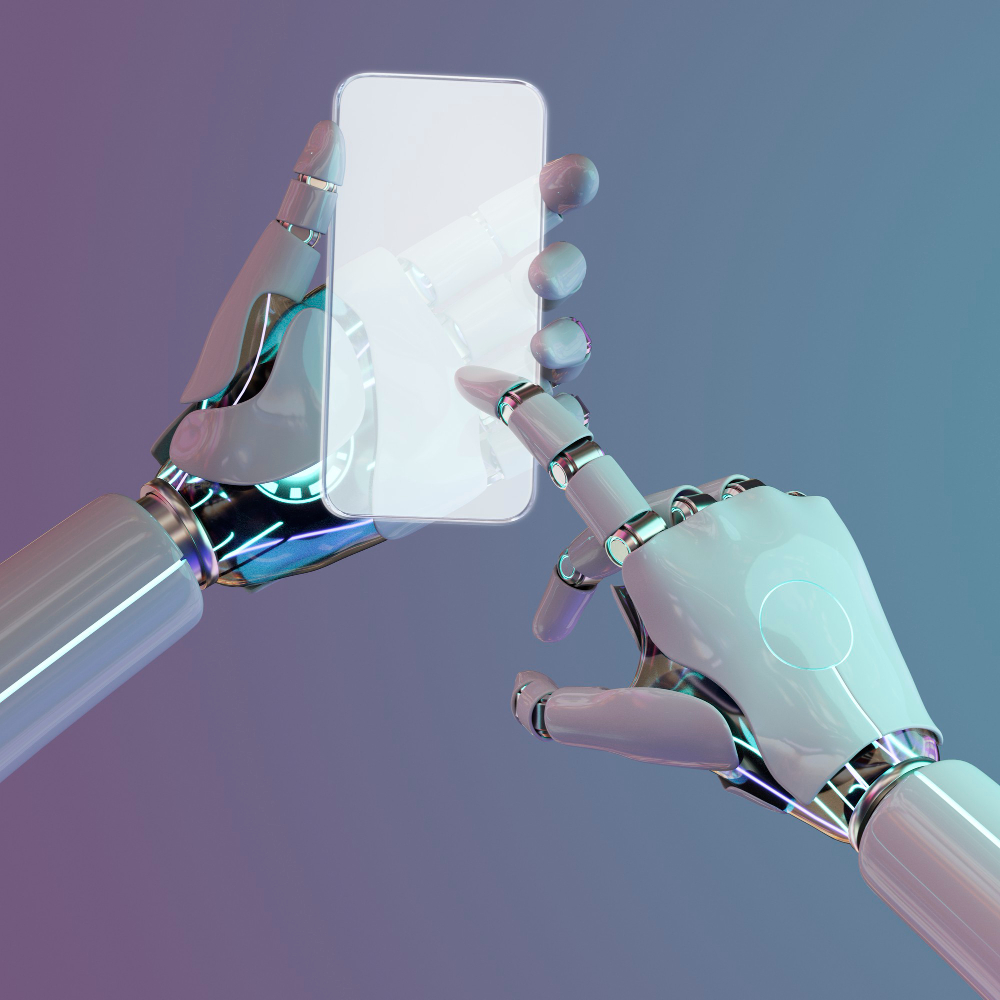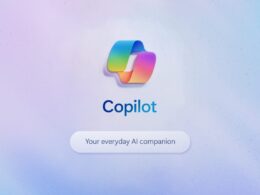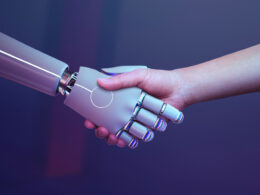the health
transformation
knowledge portal
Joaquim Cardoso MSc
Founder and Chief Researcher, Editor & Strategist
March 19, 2024
What is the message?
The landscape of AI has recently seen a shift with the emergence of three dominant GPT-4 class models: GPT-4, Anthropic’s Claude 3 Opus, and Google’s Gemini Advanced.
Each model powers its own chatbot and offers unique capabilities, leading to debates over which one is superior.
Despite differences, these models share important similarities and are indicative of future trends in AI development.

This summary is baed on the article “Which AI should I use? Superpowers and the State of Play”, published by One Useful Thing and written by Ethan Mollick on March 18, 2024.
What are the key points?
Emergence of Three Dominant Models: GPT-4, Claude 3 Opus, and Gemini Advanced have become leading AI models, each with its own strengths and applications.
Unique Capabilities and Characteristics: While all three models excel in various tasks, they possess distinct personalities, strengths, and limitations, catering to different user needs.
Commonalities and Trends: Despite their differences, the models share common traits such as their ability to emulate human-like conversation, multimodal capabilities, and lack of instructions.
Future Directions: The evolution of AI is marked by advancements such as large context windows and the emergence of AI agents, offering new possibilities for AI integration and interaction.
What are the key statistics?
Models like GPT-4, Claude 3 Opus, and Gemini Advanced are accessible through various platforms and subscription services, showcasing the commercialization and widespread availability of advanced AI technologies.
What are the key examples?
The concept of “ghosts” in AI, where models emulate human-like conversation, highlights the evolving nature of AI interaction and its potential psychological implications.
The development of agents like Devin demonstrates new modes of AI interaction, resembling project management rather than conventional chatbot interaction.
Conclusion
The current phase of AI development is characterized by the coexistence of multiple leading models, each offering its own set of capabilities and limitations.
While users may have preferences based on their specific needs and preferences, ongoing advancements such as larger context windows and AI agents promise to further expand the capabilities of AI systems, offering new avenues for exploration and innovation in the field.
To read the original publication, click here.











